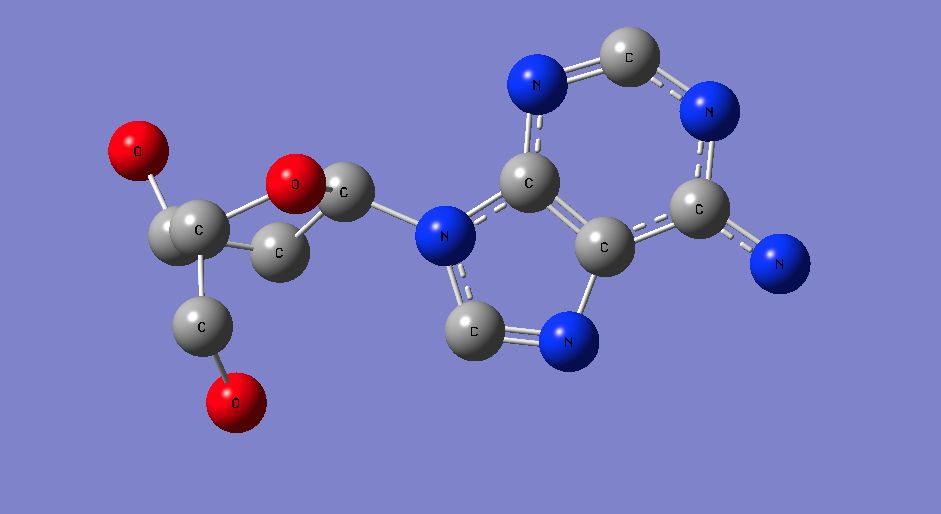
Dr. Saritha Nellutla is an Assistant Professor of Chemical Sciences at Bridgewater State University (BSU) in Bridgewater MA. She uses the C3DDB cluster housed at the MGHPCC in her teaching.
Dr. Nellutla’s research interests lie in magnetic materials science, an interdisciplinary field composed of chemistry and physics. Research in magnetic materials science has been steadily growing driven by potential applications such as Spin-based electronics, memory storage devices and hyperthermia treatment of tumors.
In addition to magnetic materials science, Dr. Nellutla is also interested in developing new pedagogical techniques for her upper class physical chemistry I and II courses. Physical chemistry is an ‘interdisciplinary’ branch of chemistry and physics that provides atomic-level understanding of the properties of macroscopic matter. A traditional two-semester physical chemistry sequence often covers topics in spectroscopy, thermodynamics and kinetics, and statistical mechanics from both theoretical and practical (e.g., nanodevices for biodetection, electron and proton transfer processes in chemical and biochemical systems and protein structure and function) perspectives. Considering the steadily growing role of computational chemistry in understanding the aforementioned applications, it is imperative to expose today’s undergraduate students to it as early as possible in their educational curriculum ladder. Since physical chemistry is one of the foundation courses that illustrates the intimate relationship between theory and experimental data, it is intuitive to integrate computational chemistry into both lecture and laboratory portions of physical chemistry courses.
Having access to Massachusetts Green High Performance Computing Center (MGHPCC) computing facilities is allowing Dr. Nellutla’s physical chemistry students to gain hands-on experience in computational chemistry through virtual laboratory experiments that either predict chemical and spectroscopic properties of molecules or complement the experimental data. While some of these calculations can be done on a single computer, others need super-computers.
Housed at the MGHPCC, the Commonwealth Computational Cloud for Data Driven Biology (C3DDB) is a computer system dedicated to supporting research that connects life science research with emerging, innovative big data analytics. Use of the C3DDB is open to groups conducting life sciences research or advanced development at academic institutions, research institutes, and companies in Massachusetts. This includes both science and engineering researchers and developers of software tools and tool chains.
Students taking Nellutla’s physical chemistry I and II courses at BSU carry out virtual lab experiments using the Gaussian molecular dynamics package running on C3DDB. The Gaussian series of electronic-structure modeling programs is widely used worldwide by chemists, chemical engineers, biochemists, physicists, and others working on molecular-level chemical research. Dr. Nellutla has successfully included lab exercises using Gaussian since fall 2015. Students perform virtual experiments such as geometry optimization and photoelectron spectrum analysis of small chemical- and biomolecules; and predicting UV-visible and/or infra-red/Raman and/or NMR spectra of small chemical- and biomolecules.
Once the laboratory exercises have been developed and tested at Bridgewater State, Dr. Nellutla intends to make them available to colleagues at other institutions. This aligns well with the C3DDB mission, as a majority of the students at Bridgewater State take physical chemistry as a required foundation for their pursuit of pre-medical and/or allied health sciences degrees, and a high percentage of graduates work in industry or continue on to graduate or professional school in in Massachusetts and surrounding New England states.
Special thanks to Katia Olenik at Boston University and Gregory Shumo for help with this project.
Story Image: DeOxyAdenosine molecule vizualised using GaussView software - Courtesy: Katia Oleinik